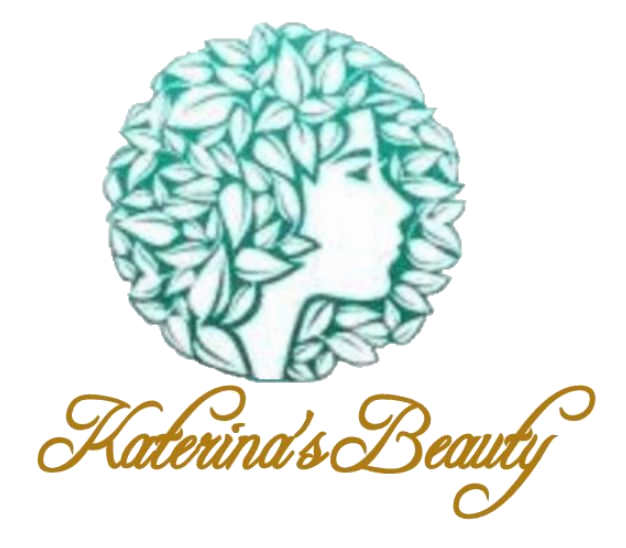HOW TO IDENTIFY YOUR FACE’S SKIN TYPE AT HOME
How to identify your face’s skin type at home
How to determine the skin type? Doing it correctly will help the dermatologist or beautician. You can also identify your skin type at home with a few simple tests.
Visually, you can visually identify the type of skin as follows:
NORMAL SKIN TYPE:
If the face is without visible flaws, the colour is healthy and homogeneous, smooth (without roughness) and the skin is matte in appearance.
DRY SKIN TYPE:
Dry skin is usually thin, with almost imperceptible pores, rashes appear rarely, a dry type with a predisposition to hypersensitivity. The main characteristics of this type are dryness, feeling of discomfort and tightness and peeling. Also, the dry type is most predisposed to premature aging and the manifestation of fine wrinkles and lines of dehydration.
OILY SKIN TYPE:
If the skin is excessively oily, often with rashes, acne, post-acne and blackheads. This type of skin can have the pores become clogged and enlarged and dead skin cells may accumulate.
Oily texture and earthy shade of the face.
COMBINATION SKIN TYPE:
As the name suggests, combination skin combines two types: normal or even dry skin and problem skin prone to being oily. The areas of the forehead, nose and chin - the so-called T-zone - usually looks shiny and prone to pimples. And the skin on the cheeks, on the contrary, is normal or even dry. Signs of combination skin: greasy shine with a tendency to problems in the T-zone with drier skin on the cheeks.
HOW TO VISUALLY DEFINE THE SKIN TYPE WITH A NAPKIN
To know your skin type, wash with the usual cleanser. Do not use additional nutrient or moisturising creams after washing.
After 30 minutes of washing, when the sebaceous glands begin to actively produce sebum, apply a dry or matting napkin to the face for 20 seconds.
Assess the condition of the napkin:
- If there is a noticeable oily trace in the area of the T-zone, you have a combination skin type.
- A greasy mark on all parts of the face indicates an oily skin type.
- Barely noticeable traces of oil on a napkin identifies a normal skin type.
- If there are no traces at all, then you have a dry skin type.
